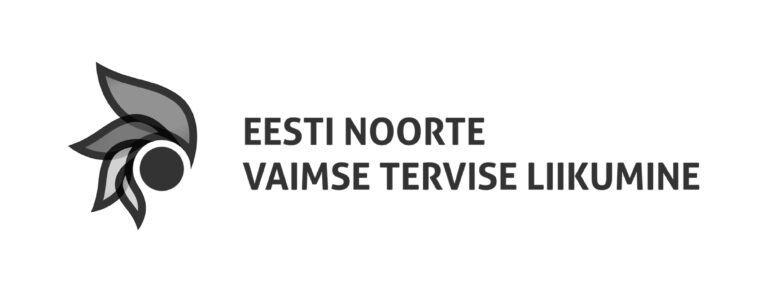Fake news is normally news or news-like information that seems both unbelievable and believable at the same time. Secondly, it looks like journalism.
Misinformation spreads faster on the internet than the truth. It’s important to note that misinformation always offers something totally new – that, of course, is because it is not limited by the boundaries of real life and the requirement of truthfulness. Most misinformation is spread through Facebook. Around 22% of those who had read fake news had visited Facebook shortly before that. In other words, they received false information thanks to social media. Comparing this figure to journalism, only 6% of fake news readers had found the fake news thanks to a media outlet. Thus, most of the information in the press has been verified, which also keeps people from accessing false information. However, it is still worth it to critically think about whether every piece of news is true.
How can we fact-check news?
- Check the author. Who is the author of the text and what is their connection to the news?
- Check the date. Maybe it’s outdated information?
- Check the website. Whose website is it and does it look suspicious?
- Evaluate the content. Read the text and think critically – does it seem real?
- Look for additional information and material. Look around the web – is there any other similar information somewhere?
- Do you have doubts? Ask an expert or an adult.
Check facts here: Snopes.com
The material has been compiled by the youth information portal Teeviit.
Published in the youth information portal Teeviit in 2022.







